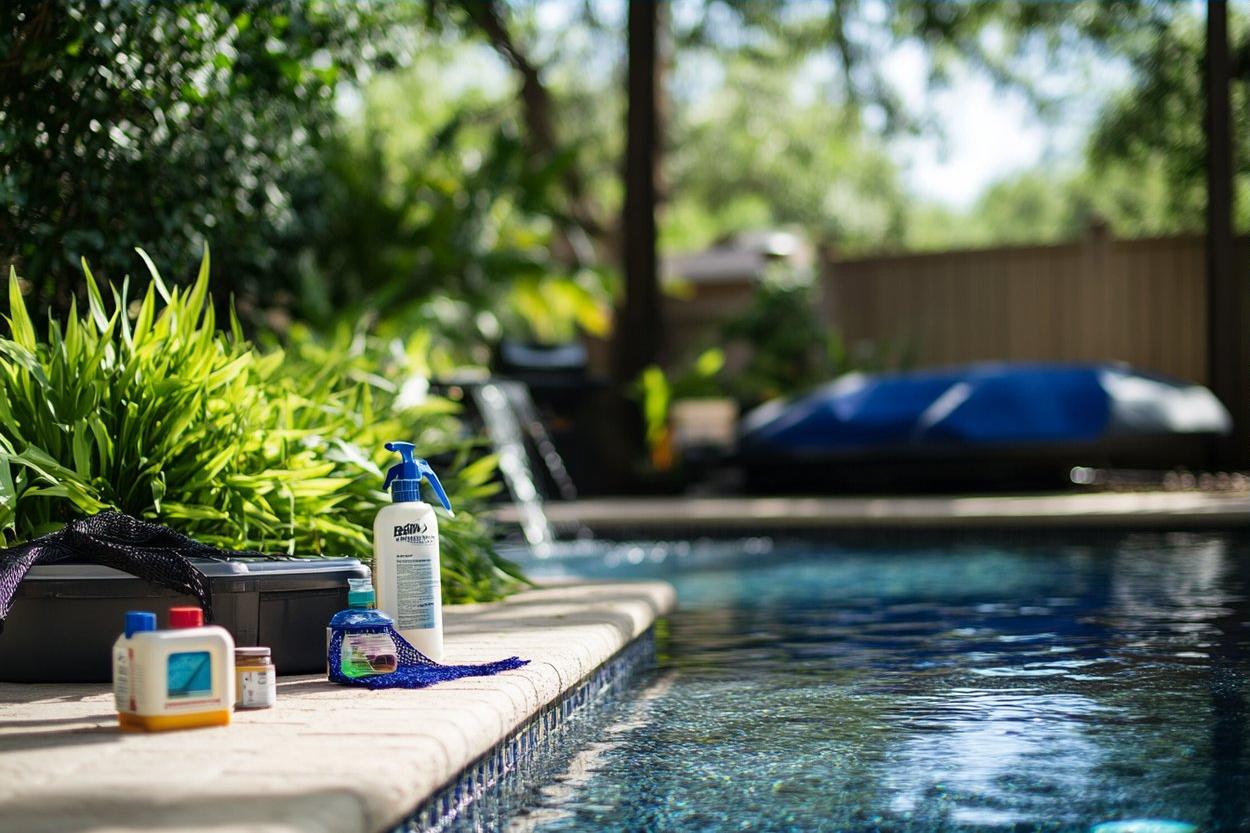Pools: Enhancing Your Backyard Oasis
A pool can transform your backyard into a refreshing retreat, providing a perfect spot for relaxation, exercise, and family fun. Whether you're considering an inground pool or an above-ground option, understanding the different types, benefits, and considerations is essential for making an informed decision. Let's dive into the world of swimming pools and explore how they can elevate your outdoor living space.

What types of inground pools are available?
Inground pools come in various types, each with its own set of characteristics. The most common options include:
-
Concrete pools: These are highly customizable and durable, allowing for unique shapes and designs.
-
Fiberglass pools: Pre-formed shells that are quick to install and require less maintenance.
-
Vinyl-lined pools: A more affordable option that offers flexibility in shape and size.
Each type has its pros and cons in terms of cost, installation time, durability, and maintenance requirements. Your choice will depend on factors such as budget, desired aesthetics, and long-term maintenance considerations.
What are the advantages of above-ground pools?
Above-ground pools offer several benefits that make them an attractive option for many homeowners. They are generally more affordable than inground pools, making them accessible to a wider range of budgets. Installation is typically quicker and less invasive, often not requiring extensive excavation or permits. Above-ground pools are also portable, allowing you to take them with you if you move. They’re ideal for those who want to test out pool ownership without committing to a permanent structure. Additionally, above-ground pools can be easier to maintain and have lower operating costs compared to their inground counterparts.
How do you maintain a backyard swimming pool?
Proper maintenance is crucial for keeping your swimming pool clean, safe, and enjoyable. Regular tasks include:
-
Skimming the surface to remove debris
-
Brushing the walls and floor to prevent algae growth
-
Vacuuming to keep the pool bottom clean
-
Checking and adjusting chemical levels
-
Cleaning or backwashing the filter system
-
Maintaining proper water levels
It’s important to establish a routine and stick to it. Many pool owners choose to perform daily quick checks and weekly more thorough cleanings. Proper maintenance not only ensures a pleasant swimming experience but also extends the life of your pool and its equipment.
What safety features should be considered for a backyard pool?
Safety should be a top priority when installing a pool in your backyard. Essential safety features include:
-
Fencing: A secure fence around the pool area, at least 4 feet high, with self-closing and self-latching gates.
-
Pool covers: Safety covers that can support the weight of a person and prevent accidental entry.
-
Alarms: Door and pool alarms that alert you when someone enters the pool area.
-
Non-slip surfaces: Around the pool to prevent slips and falls.
-
Proper lighting: For nighttime safety and visibility.
-
Safety equipment: Such as life rings, reaching poles, and first aid kits.
Additionally, it’s crucial to establish and enforce pool rules, ensure proper supervision of children, and consider swimming lessons for family members.
What are the costs associated with installing and maintaining a pool?
The cost of installing and maintaining a pool can vary significantly based on several factors. Here’s a general overview of what you might expect:
| Pool Type | Installation Cost Range | Annual Maintenance Cost Range |
|---|---|---|
| Inground Concrete | $50,000 - $100,000+ | $1,500 - $5,000 |
| Inground Fiberglass | $45,000 - $85,000 | $500 - $1,500 |
| Inground Vinyl | $35,000 - $65,000 | $1,000 - $2,500 |
| Above-Ground | $1,500 - $15,000 | $500 - $1,000 |
Prices, rates, or cost estimates mentioned in this article are based on the latest available information but may change over time. Independent research is advised before making financial decisions.
Installation costs include excavation, materials, labor, and basic equipment. Maintenance costs cover chemicals, utilities, and routine upkeep. Additional expenses may include landscaping, decking, and optional features like heating systems or water features. It’s important to factor in these ongoing costs when deciding to install a pool.
A swimming pool can be a wonderful addition to your backyard, offering a private oasis for relaxation and entertainment. Whether you choose an inground or above-ground option, careful consideration of the type, safety features, and maintenance requirements will help ensure that your pool provides years of enjoyment. By understanding the costs and responsibilities associated with pool ownership, you can make an informed decision that aligns with your lifestyle and budget.






